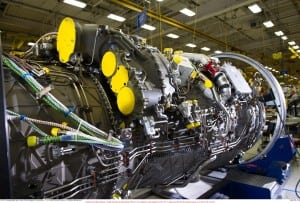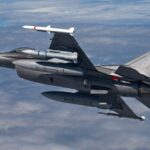
PALM BEACH GARDENS, Fla. – Pratt & Whitney, the United Technologies Corp. [UTX] division that builds the F135 engine for the F-35 Lightning II, is looking for ways to continue cutting costs to keep the new fighter as affordable as possible.The company, which has delivered 350 F135s so far and expects to produce thousands more for the single-engine aircraft, is working on 600 tasks to decrease hardware costs, on top of 1,200 it has already completed.“We’ll keep chipping away at…

 By
By 











